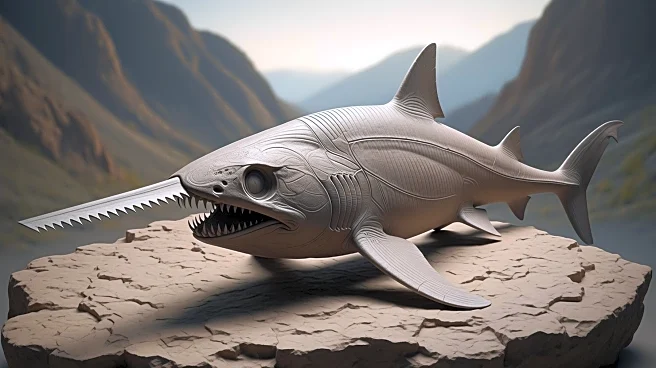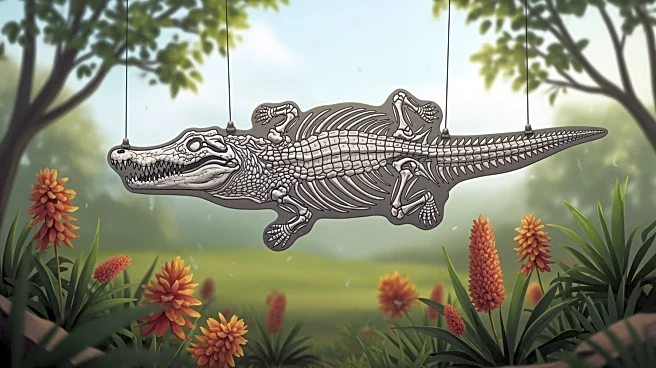What's Happening?
For 25 years, the fossil Megarachne servinei was believed to be the largest spider ever discovered. However, a 2005 reanalysis revealed it was actually a eurypterid, an extinct aquatic arthropod known
as a sea scorpion. The original classification was based on incomplete data and visual interpretation, which led to a misidentification. The discovery of a second fossil provided evidence that matched known characteristics of eurypterids, leading to a reclassification.
Why It's Important?
The reclassification of Megarachne highlights the importance of access to original specimens and peer review in scientific research. It underscores the potential for errors in paleontology due to fragmentary records and restricted access to fossils. The case serves as a reminder of the need for transparency and collaboration in scientific studies to prevent prolonged misinterpretations.
What's Next?
The reclassification may prompt further studies into the characteristics and classification of other fossils. It could lead to a reevaluation of other specimens that have been misidentified due to similar procedural errors. The scientific community may push for more open access to fossil specimens to facilitate accurate research and classification.
Beyond the Headlines
The Megarachne case illustrates the broader challenges in paleontology, where discoveries are often based on incomplete specimens. It raises questions about the reliability of scientific authority and the role of media in perpetuating scientific myths. The incident highlights the need for critical examination and verification in scientific research.











